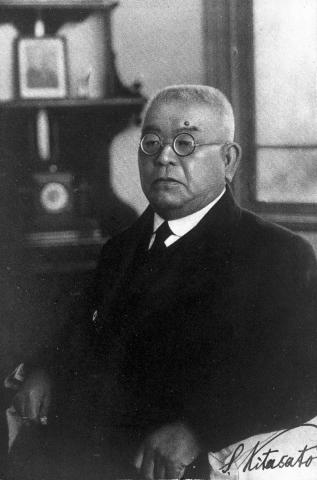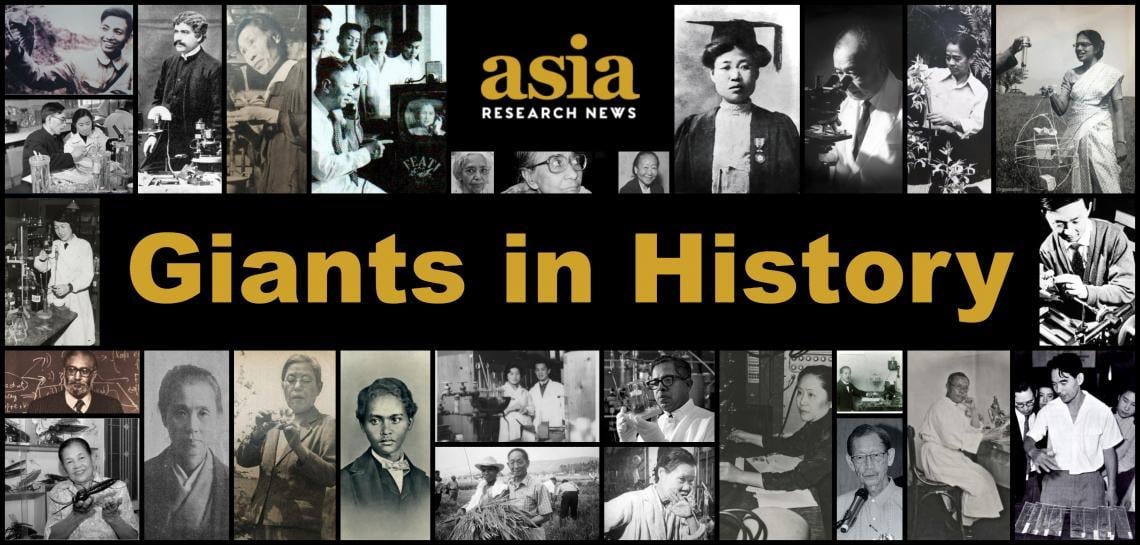Pioneering developments in disease prevention and treatment
Baron Kitasato Shibasaburo (29 January 1856 - 13 June 1931)
Japan

Baron Kitasato Shibasaburo (29 January 1856 – 13 June 1931) was a Japanese physician and bacteriologist whose work led to a new understanding of preventing and treating tetanus, diphtheria and anthrax. Studying under the renowned microbiologist Robert Koch, Kitasato was the first to grow the tetanus bacteria in pure culture. Using this pure culture of bacteria, he worked with Emil von Behring, who discovered antibodies that counteract diphtheria, to develop a therapy for treating tetanus. Kitasato and Behring also discovered that antibodies from an animal who had recovered from diphtheria and anthrax could prevent uninfected animals from contracting the diseases when injected into them, a phenomenon known as passive immunity. In 1894, Kitasato independently identified the bacterium that was causing the outbreak of bubonic plague in Hong Kong at the time. After Hong Kong, Kitasato continued his work on epidemics in Northeast Asia, where he sought to prevent one of the most severe pneumonic plagues in Manchuria. Kitasato founded several research institutes in Japan, including the Institute for Study of Infectious Diseases in Japan which was later incorporated into Tokyo Imperial University and Kitasato Institute, the predecessor of Kitasato University. He was also the first dean of medicine at Keio University. Together with several medical scientists, Kitasato founded the Sekisen Ken-onki Corporation in 1921, later renamed Terumo Corporation, to manufacture the most reliable clinical thermometer. In recognition of his contributions, Kitasato’s portrait will be used on the new 1000 Japanese yen notes scheduled to be issued in 2024.






